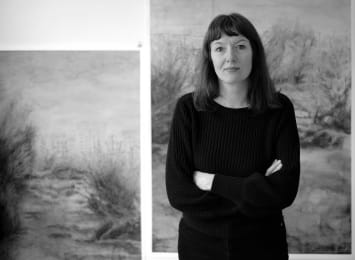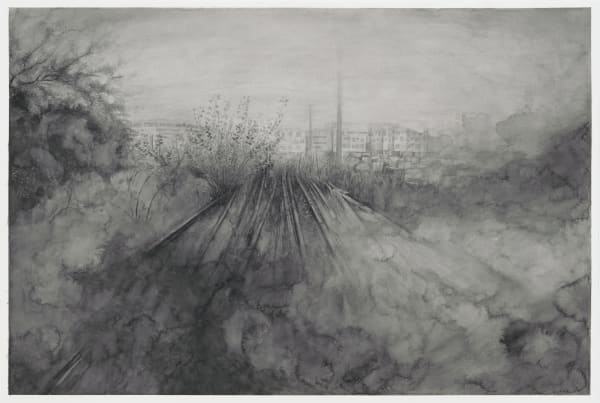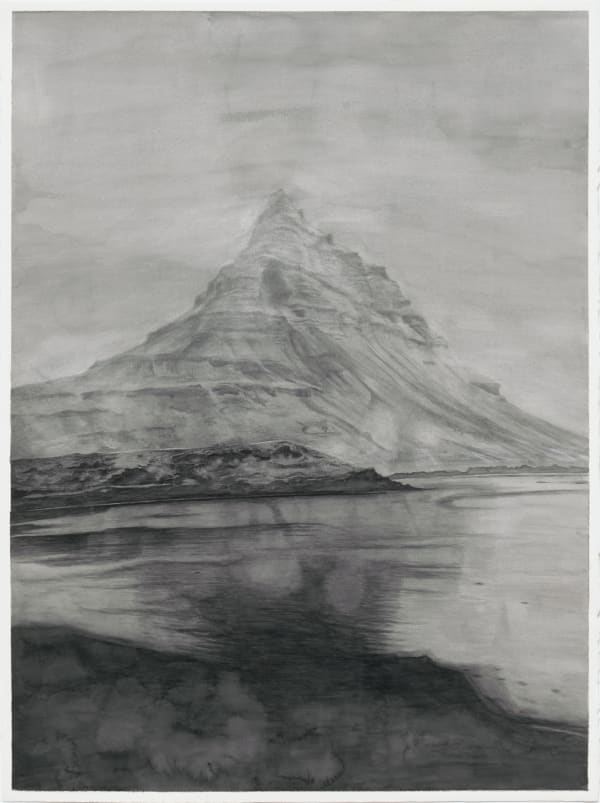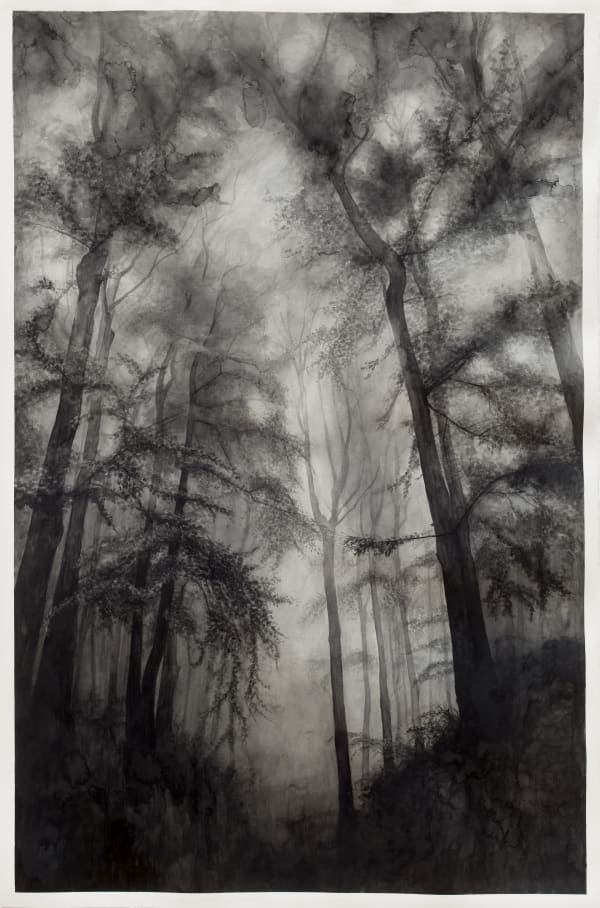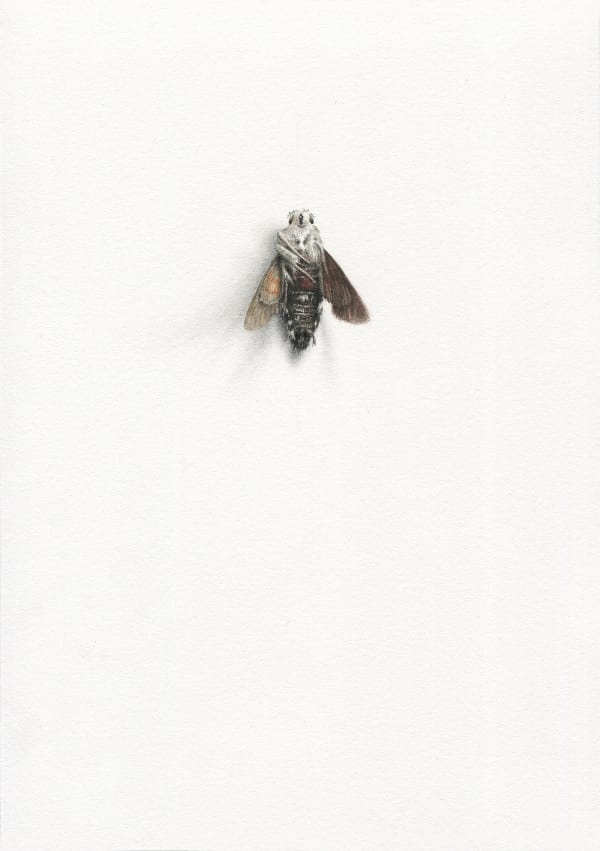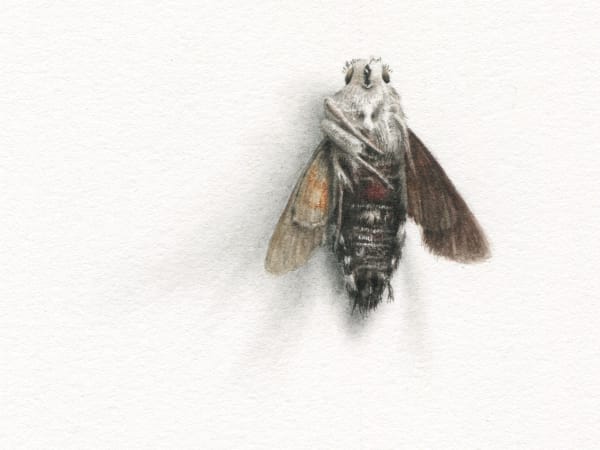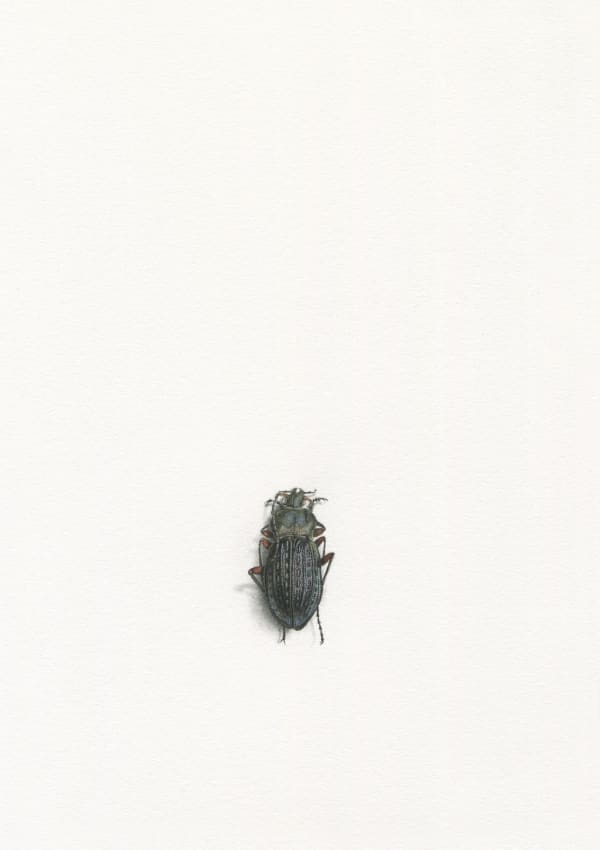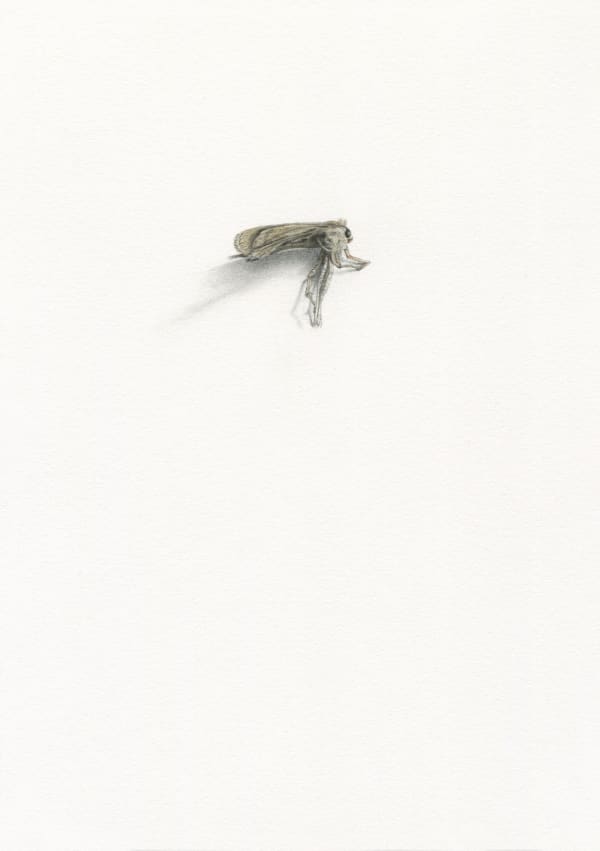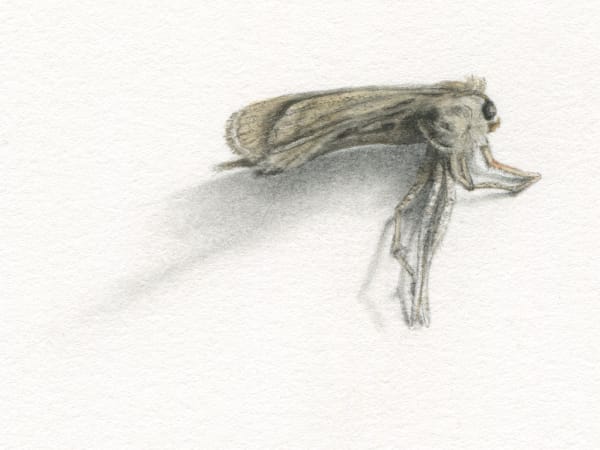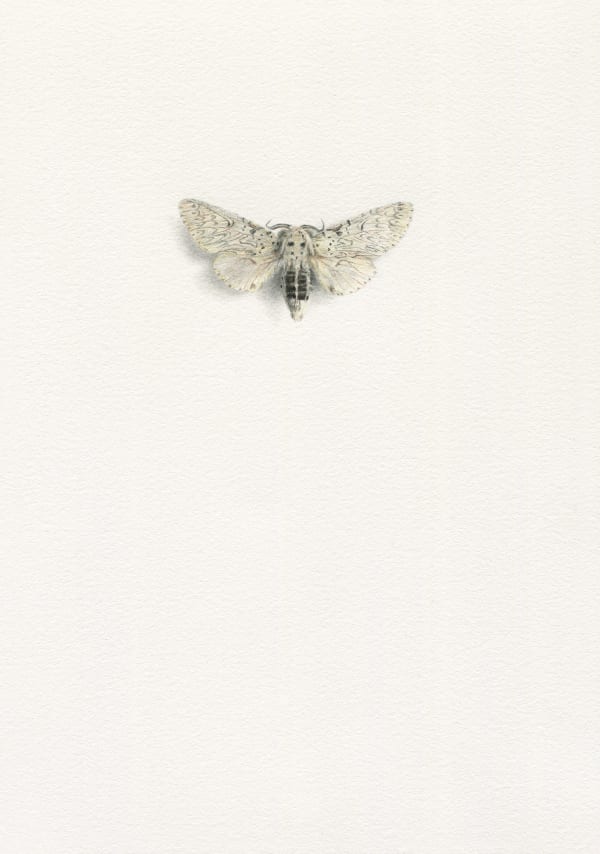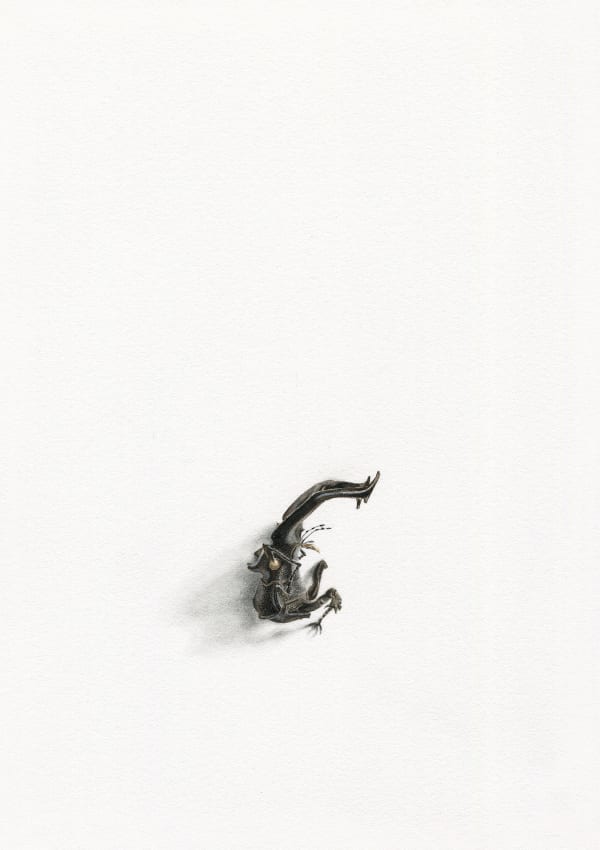Alexandra Kontriner was born in 1980 in Austria. She grew up on a farm in a small mountain village in the Austrian Alps, near the Italian border. As a child, she spent a lot of time outdoors exploring nature. Those early years in the harsh landscape resonate strongly in her current body of work.
Kontriner moved away from home at age 16 to attend art school. In the following six years, she received a basic education in drawing and worked in different glass processing techniques: casting, lead lighting, engraving, and glass painting. After school, she ceased working with glass until last year, when she created an installation composed of 50 small cast glass sculptures. Kontriner went on to study art history at the University of Innsbruck and attended theory and drawing courses at the University of Applied Arts in Vienna, where she moved after four years in Innsbruck. She began working in art galleries during these years and continued after graduation, ceasing to make art.
She began to draw again in 2012. The initial impetus was her preoccupation with found dead insects and plants. “When I drew my first insect in watercolor, a small dead body of a hornet,” Kontriner recalls, “I knew at once that I had finally found my technique and that I had found the content that I wanted to deal with.” These early drawings led to Insektarium, a series of 81 works drawn to scale with graphite and watercolor between 2014 and 2018.
Over time, Kontriner broadened her scope to include themes of biodiversity and insect mortality. A major source of inspiration in her work is nature’s transformation under human influence, which she observes and documents. She is particularly interested in the relationship and interaction between humans and nature; Perikularium (2018-2019), for instance, consists of 29 drawings of endangered or extinct insects in Austria. A body of work begun in 2019 titled Pioneers explores urban pioneer plants and documents the fierce power of nature, as well as the consequences of globalization and global warming.
Also in 2019, Kontriner began a new series of large black and white landscapes on paper titled What If. Thematically, they are connected to her previous drawings, asking questions about our relationship with nature, and the very definition of “nature.” These works portray forests and mountains and urban wastelands, enveloped in a misty and mysterious twilight. Clara Kanz writes: “A closer look reveals the numerous layers of the painting, which create a tremendous depth in a complex interplay. Kontriner´s feeling for the light situation and perspective makes the misty forest and the sun's rays coming through almost physically perceptible, awakening the senses to experience the landscape haptically as well.”
Artwork phorographs:
Landscapes: Markus Gradwohl
Insects: Alexandra Kontriner
-
"Nordbahnhof was an important railway station in Vienna during the Monarchy. Throughout the 20th century, the station became less and less significant. It was finally abandoned in the 1990s ... This zone is a good example of how “healing nature” works, starting with the settlement of so-called pioneer plants. They grow in areas with no vegetation: on waysides, dumps, or wastelands—creating suitable conditions for successor plants and insects."
-
-
"Nordbahnhof 2 is my largest painting so far ... In the distance, you can see the cranes and buildings of the new development. The foreground shows the abandoned and overgrown railway tracks as well as the typical wasteland vegetation ... The large bush in the center links the two parts of the painting. Whereas the left-hand picture is rather closed and dark, the right-hand picture is freer and opens out towards the right-hand edge. It oscillates between a representational and an abstract painting, especially in the foreground, where the grassland seems to turn into a sea."
-
-
"My landscapes are done in watercolor ... they are painted wet-in-wet and much more freely. Chance plays an important role in the process. The watercolor has a life of its own. It's not just a matter of acting but also of reacting. To create depth, I apply the watercolor in many layers."
-
-
"When I was a teenager, I would sometimes spend several days alone in my family's old cabin, high up in the mountains, without electricity or running water. It was like a test of courage, especially when there were thunderstorms ... The feeling of being exposed to nature in that way was very powerful ... I want to evoke certain feelings (in the viewer) related to how I feel when I am alone in nature."
-
-
INSECTS
-
"When I drew my first insect, a small dead body of a hornet, I knew at once that I had finally found my technique and that I had found the content that I wanted to deal with. I was fascinated and touched by these little bodies ... I wanted the work to show the beauty of the everyday and deal with themes such as transience and volatility ... The work is simultaneously an art project, a scientific documentation, and a contemporary document."
-
"I found the remains of this stag beetle in the woods. There were about 10 or 15 beetles lying on their backs, all slowly moving their limbs like little robots. As I got closer, I saw that they had lost parts of their bodies and were all dead. It was a very moving experience. The stag beetle is one of the largest and most striking European beetles. The first time I saw one was on the streets of Vienna, shortly after I moved here in 2006."
